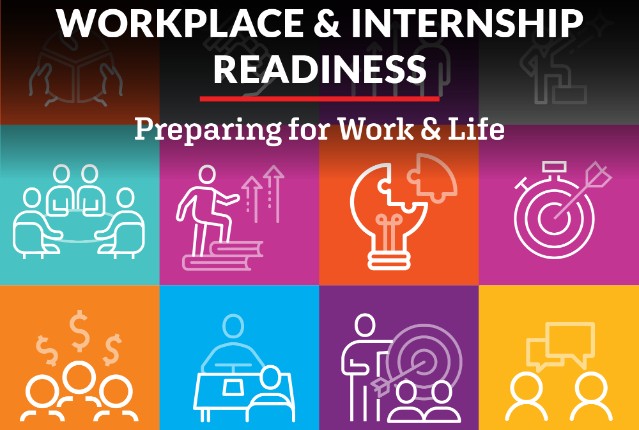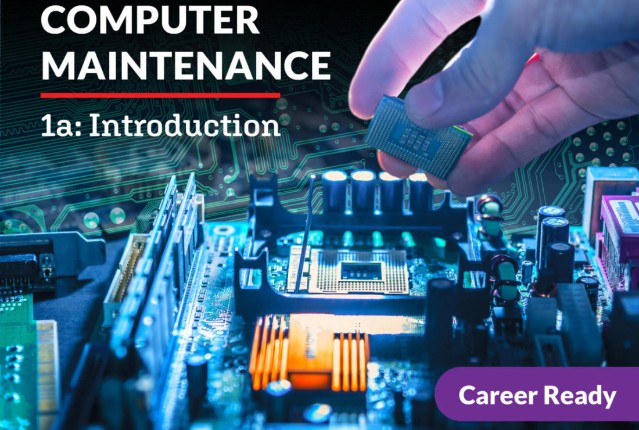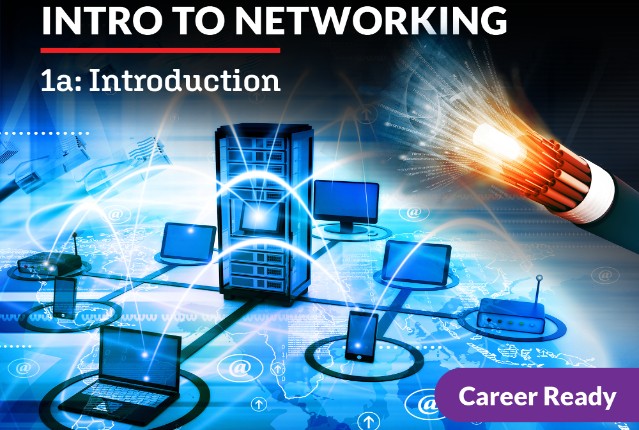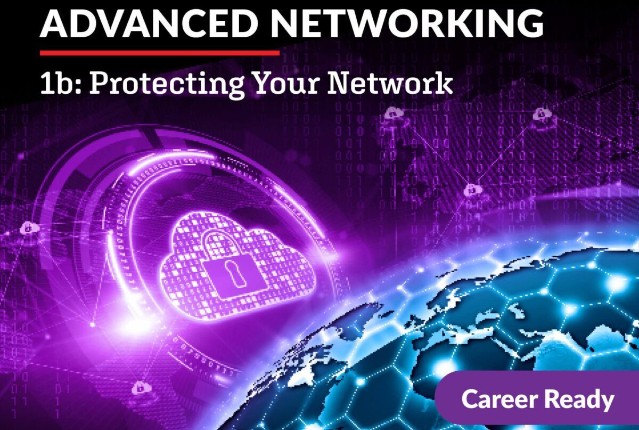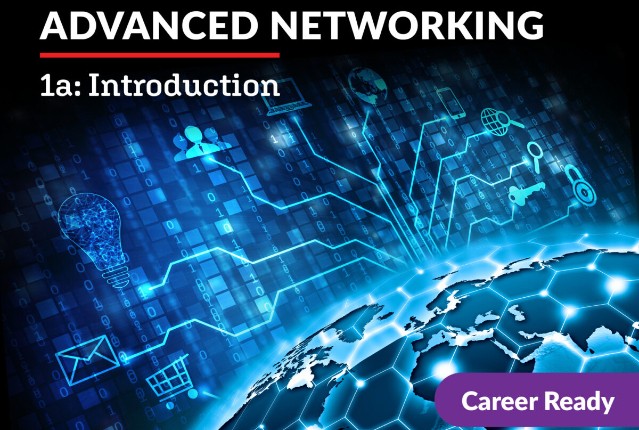
Advanced Networking 1a: Introduction
The world has never been more connected than it is today and through advancing network technologies, tomorrow will be even more tightly united. In this course, you will learn about a variety of different networks, their layers, and the different needs they address. You’ll uncover best practices for setting up secure remote access connections, techniques to troubleshoot and think strategically, and correct documentation. Lastly, you’ll learn tips to successfully communicate in the workplace. Get ready to support tomorrow’s connectedness today!
Review course outlineAccess for a year
USD 299.00*
* Choose more courses to get a discount
